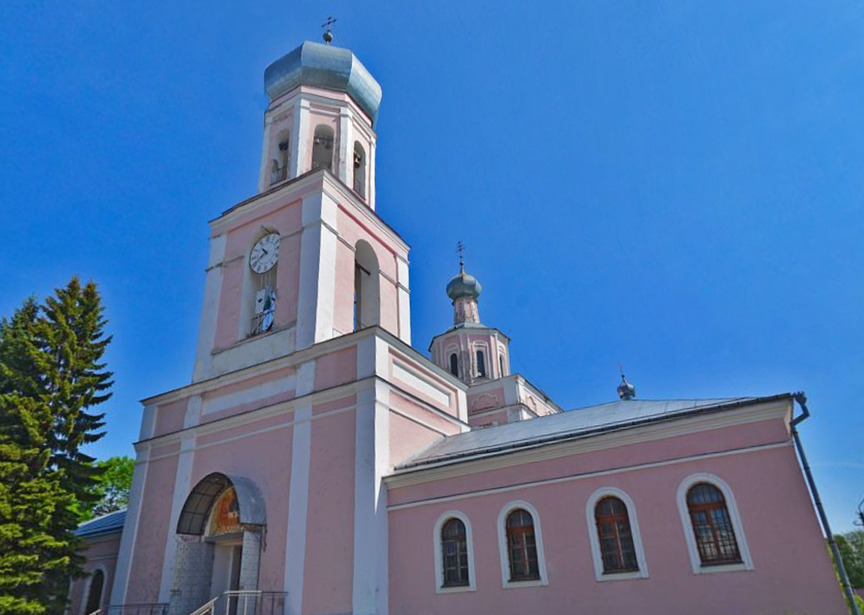
The hands of time have finally been nudged back to life atop the Troitky Cathedral in Vologda, where the newly installed clock mechanism now ticks with the precision of a Swiss watchmaker’s dream. Like a phoenix rising from the ashes of neglect, the restored tower clock—once a wheezing relic of the past—has been reborn as the town’s punctual sentinel.
The cathedral itself is a stone-clad survivor, its foundations laid in 1744 where a humble wooden church once stood. Over centuries, it has worn many hats—literally. Shuttered during the atheist fervor of the 1930s, it served as a wartime hospital, a Soviet army clubhouse, and later a cultural hub until a New Year’s Eve fire in 1993 licked its walls black. Yet, like a stubborn old oak, it refused to fall. Restored by the townsfolk’s kopecks and prayers, it was returned to the Orthodox Church, its clock first chiming on the cusp of the 21st century—only to falter again, until now.
The new mechanism is a silent pact between past and present: no longer will the cathedral’s face lie frozen like a broken sundial. Locals whisper that the clock’s revival has stirred more than just gears—it’s rekindled memories. Elderly women cross themselves, recalling how its chimes once orchestrated the town’s rhythms, while children gawk upward as if expecting the tower to sprout cuckoo birds.
Meanwhile, the cathedral’s shadow stretches across Vologda’s cobblestones, a reminder that some things—faith, community, and now time itself—are cyclical. As the freshly oiled hands carve their arcs against the sky, one truth becomes clear: in this town, even the seconds are stitched together with stories.



















